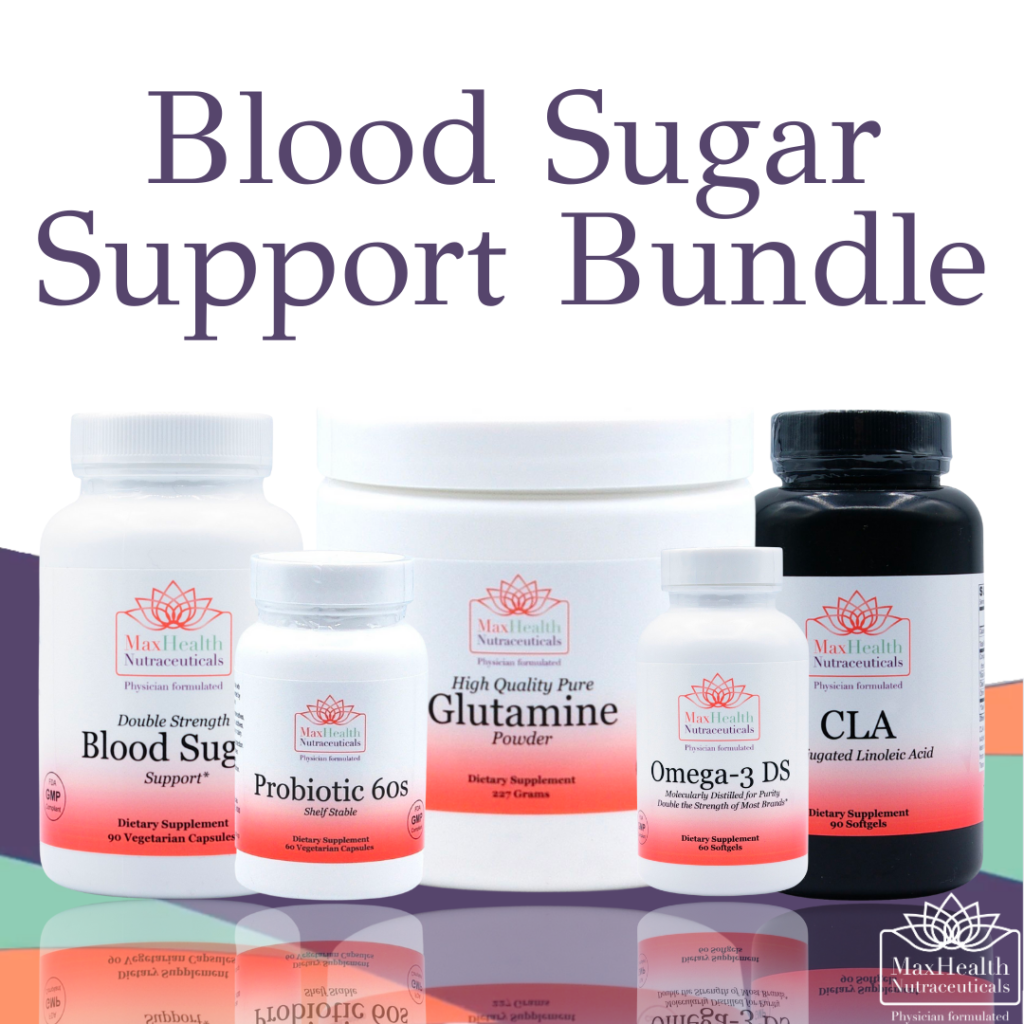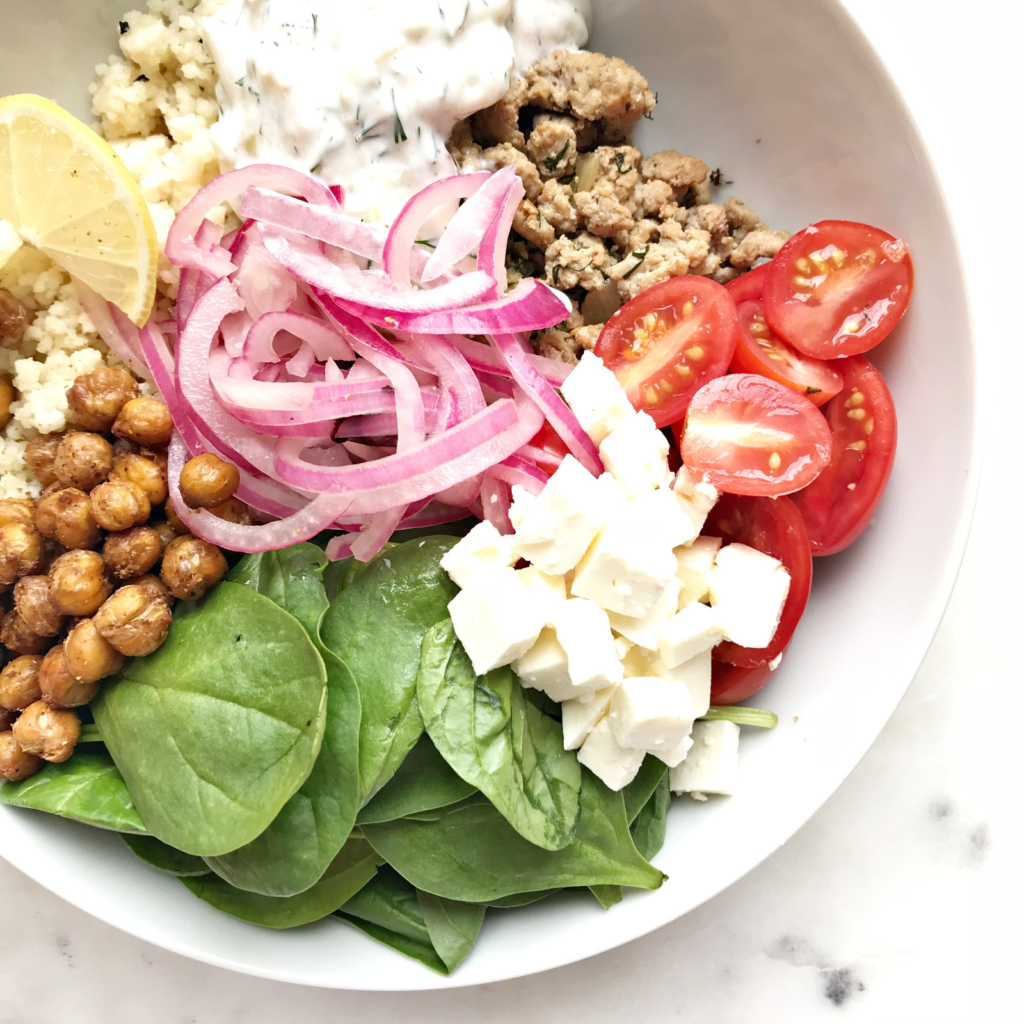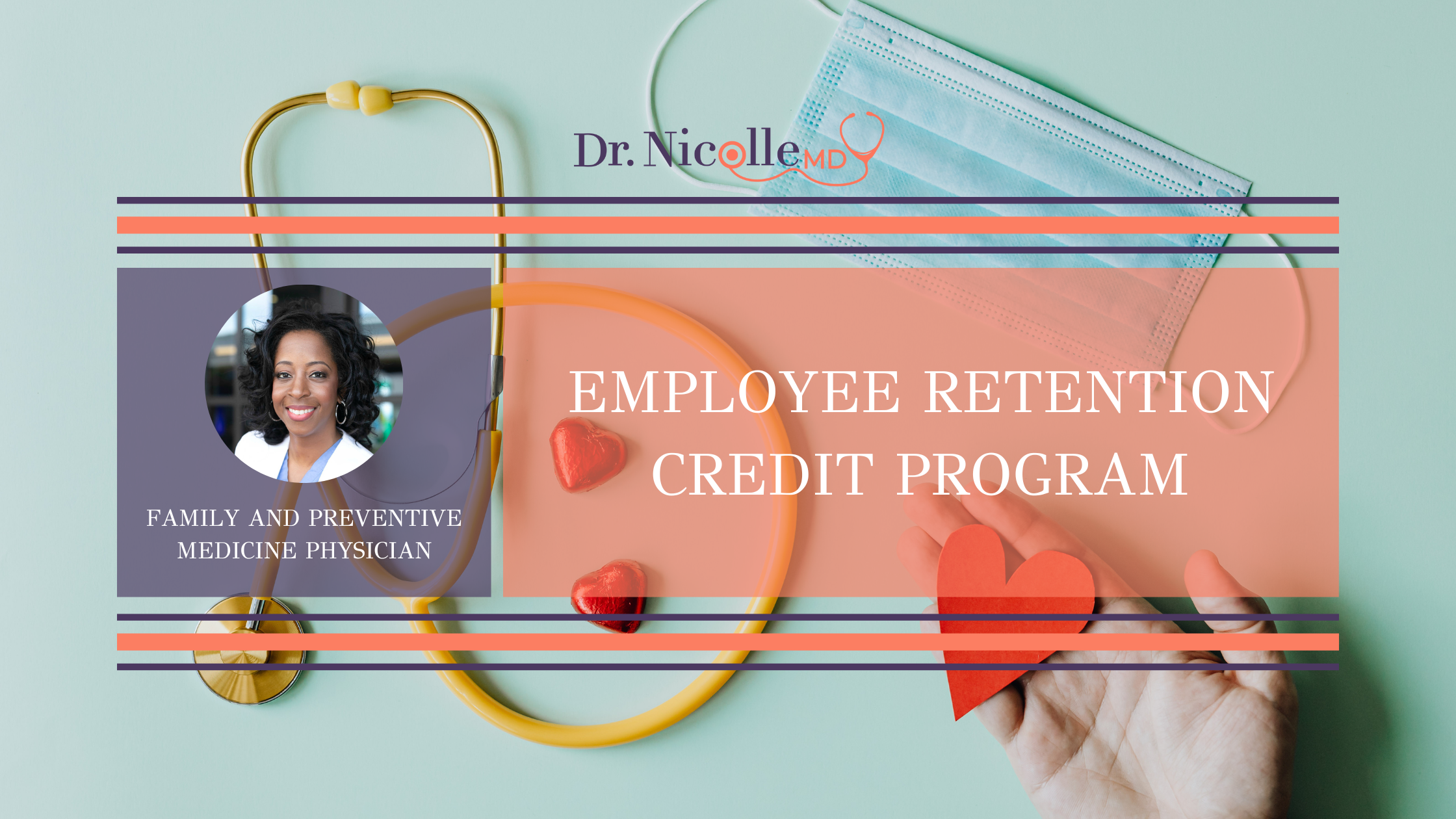
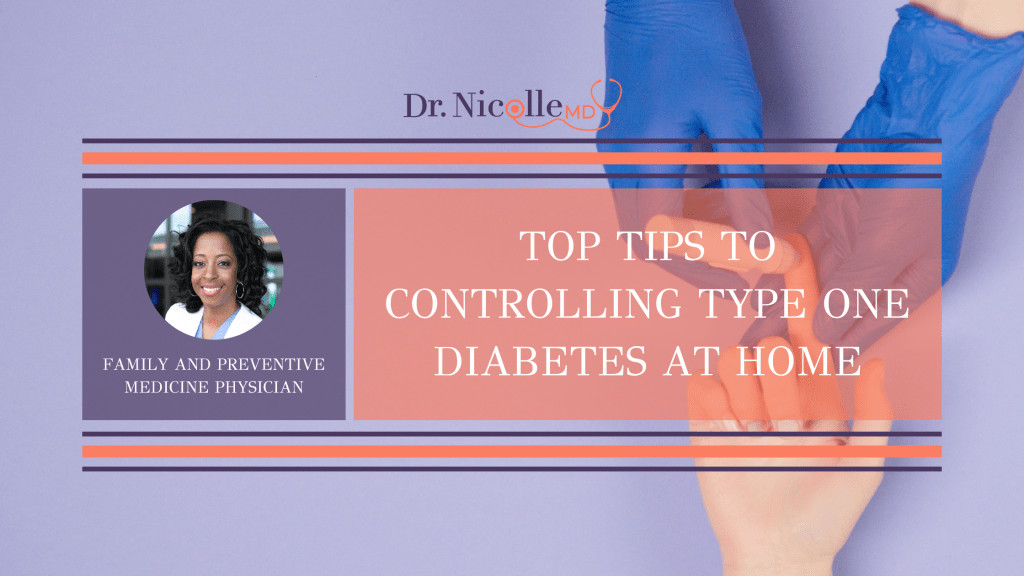
Welcome to Diabetes Prevention Thursdays! Today, let’s talk about controlling type one diabetes at home. Finding out that you or your child has type one diabetes (T1D) is something no one wants to hear. The thought of being dependent on insulin by injection or pump can be overwhelming, even though it’s your best line of defense.
Diabetes is a serious condition that needs to be managed by a healthcare provider. If you or a loved one is living with diabetes, one of the most important steps is to become knowledgeable about the condition.
The biotech industry is making progress on the battlefield against T1D and constantly looking for a cure, and they’re making diabetes management less overwhelming in the meantime.
Some advancements even offer a glimpse of hope that a cure is near. In the meantime, the best way you can prevent complications is to learn more about insulin.
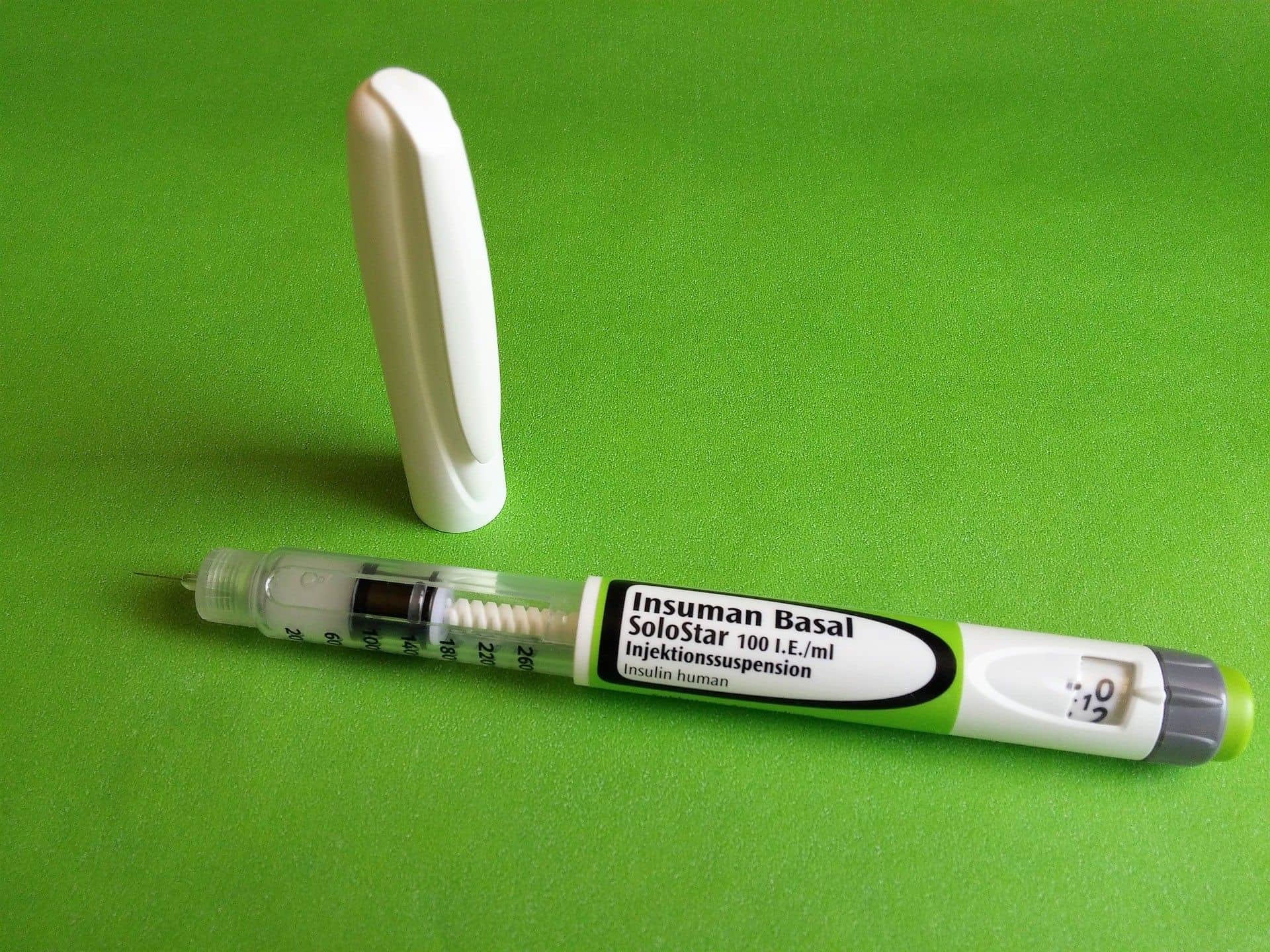
A T1D Breakdown
Children are the most affected by T1D because its onset is different from type two. Individuals don’t have control of their risk for T1D. An autoimmune malfunction is the cause as the body’s immune system turns insulin-producing cells into the enemy.
The immune system goes to battle against the pancreatic beta cells, depleting them completely in some cases. Without beta cells, the body can’t produce insulin to regulate blood glucose anymore, which leads to uncontrolled glucose levels.
The person with type one diabetes becomes dependent on external insulin to manage their condition.
Insulin Evolution
Your child might’ve been diagnosed recently, and your fear as a parent is justified, especially if you don’t know much about insulin management. Fortunately, the evolution of insulin has made it a lot safer and more efficient.
Paul Langerhans was the founder of a cluster of cells within the pancreas in 1869. These are the cells responsible for insulin production, and the clusters were later named the Islets of Langerhans.
In 1901, American Physician Eugene Opie was the first man to discover that the destruction of these cells caused diabetes because the body can no longer produce its own insulin.
In 1921, Frederick Banting and Charles Best from Toronto, Canada, started experimenting successfully by injecting liquidized pancreas into dogs with T1D, and by 1922, they helped a boy with T1D live 13 years.
Eli Lilly was the first manufacturer to produce fast-acting insulin in 1922, and intermediate insulin was found by Novo Nordisk in 1950. The first human synthesized insulin became available through biotechnology in 1978.
This was a huge step forward in insulin safety because allergic reactions were less common with the synthesis from human cells. Previously, cells taken from an animal pancreas were often rejected by the human immune system.
But now, insulin is safer for children and young adults globally. The evolution sprung forward from this point.
Injections were another unpleasant part of insulin therapy, and the insulin pen was released by Novo Nordisk in 1985. It provided better accuracy, easier use, and less injection pain.
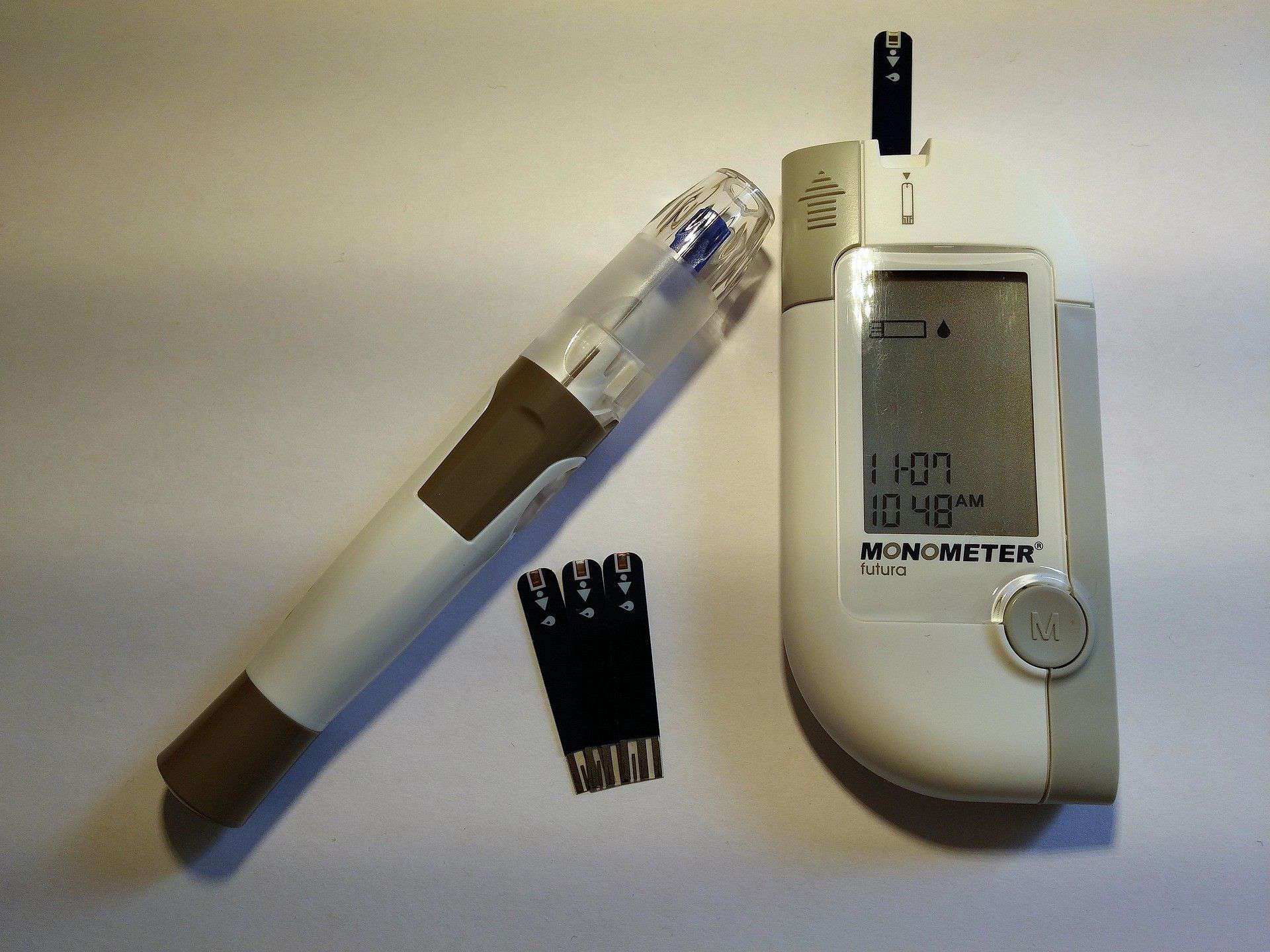
Medtronic released the first insulin pump in 1992, called the MiniMed 506. It was an incredible leap forward in T1D treatment. The MiniMed 506 could deliver insulin for daily requirements, and by using a meal bolus memory, it delivered precise doses of insulin two hours after eating.
Eli Lilly introduced genetically-modified insulin in 1996, called Humalog. The amino acids in Humalog have been altered to improve absorption, distribution, metabolism, and excretion, making it more effective than previous insulins.
The 21st century saw a flood of new advancements, including an artificial pancreas with glucose monitors.
Whether you’re using a pump or injectable human insulin, the synthesized hormone has become much safer as long as you follow guidelines from your doctor.
The Different Types of Insulin
There are four main types of insulin, namely:
- Rapid-acting insulin, which works in 15 minutes and lasts three to four hours. This is the one you often use before meals.
- Short-acting insulin, which works in 30 to 60 minutes and lasts for five to eight hours. It’s also often used before meals.
- Intermediate-acting insulin, which works in one to two hours and lasts for 14 to 16 hours.
- Long-acting insulin, which works after two hours and lasts 24 hours or more.
Best Injection Sites
Your healthcare provider will show you how to inject insulin subcutaneously. The best sites for injectable insulin are:
- Abdomen
- Upper arms
- Upper thighs
- Buttocks

Insulin Reaction
Sometimes, you might have a reaction to insulin, which most often manifests in hypoglycemia, an extremely low blood glucose level. Symptoms might include:
- Fatigue
- Sweating
- Confusion
- Loss of consciousness
- Seizures
- Inability to speak
- Pale skin
- Muscle twitches
How to Stop the Reaction
Anyone using insulin should carry with them 15 grams of fast-acting carbohydrates at all times. This might be half a cup of fruit juice, two tablespoons of raisins, one tablespoon of honey, or five lifesaver candies.
Ironically, lifesaver candies are the easiest fast-acting carbohydrate to carry, and they can save you or your child’s life. Additionally, ensure that everyone knows of your child’s condition and how to help them if you’re not around.
Beware of the Insulin Saboteurs
Insulin use is simple with your doctor’s instructions, but some habits could sabotage your management. They include:
- Forgetting to measure your glucose levels
- Missing a dose
- Skipping meals
- Making unhealthy food choices
- Allowing stress into your life
- Not exercising
- Smoking
- Dehydration
- Being overweight
- Continuously injecting insulin in the same spot
Avoid these problems to keep your insulin therapy at optimum effect.

Food For Thought
Managing your T1D or that of your child becomes less stressful when you learn a few details about your treatment. Insulin is much safer than it used to be, which can reduce stress while getting used to a new treatment method. Make sure to discuss any problems or questions with your doctor
If you would like to receive a free resource sheet to help you take control of diabetes, click the button below to receive your gift.
I wanted to talk about this topic because it is absolutely possible to prevent and even reverse Type 2 Diabetes (but you cannot reverse Type 1). Yes, it’s possible! and emerging studies looking at lifestyle medicine and prevention support this! But I always tell my patients that you must be dedicated and diligent in adopting a healthy lifestyle to get the best results. You can create certain behaviors and practices that will not only enrich your life, but that you can pass on to your family, friends, and community, to help break the cycle of this chronic disease so that you can leave a legacy of health to your loved ones.
I use functional medicine and lifestyle medicine as the first line of treatment, before medications, to treat lifestyle-related chronic diseases. Lifestyle-related chronic diseases include diabetes, hypertension, obesity, and some cancers, just to name a few. Lifestyle practices, such as eating a low glycemic, whole-food plant-based diet and regular physical activity, can help you improve your blood sugar levels, maybe reverse type 2 diabetes. In certain cases, these approaches may even outperform pharmaceutical therapy.
But I always tell my patients that conventional medications may be appropriate at this time to prevent catastrophic illness, but over time, you can work to make the necessary lifestyle changes to possibly reduce and/or eliminate medications. Please remember to always consult your physician for your particular needs and circumstances prior to making any decisions whatsoever.
Is Dietary Supplementation Right For You?
When it comes to managing your blood sugars (in general), pre-diabetes, and diabetes, there are many things that you can do to help control your blood sugar levels. One important aspect is diet. What you eat affects your blood sugar, so it’s important to be mindful of what goes into your body.
But it is very important to note that we are not eating the same foods we ate years ago because the soils have been depleted of critical nutrients through current industrial farming practices. And because the soil is not as good as it used to be, the food supply (grown from the depleted soil) is not as good as it used to be. For example, you are not getting the same levels of chromium and magnesium as you would have gotten 30 or even 50 years ago.
Second, much of the food has been processed and genetically altered, which can impact the inherent and unique nutritional composition that each food possess. For example, ancient einkorn wheat has less gluten, more protein, more Vitamin A, and more beta carotene, than modern genetically modified wheat.
Third, the toxic load in the environment today is much higher than 100 years ago. We can see this with global warming, toxic landfills, polluted oceans and waterways, etc. Toxicity levels interfere with nutrient assimilation and absorption not just into the foods, but into our bodies as well. We often see elevated blood sugar levels with poor nutrition and toxicity.
In addition to diet, there are dietary supplements that can have an impact on blood sugar levels. Dietary supplements for diabetes are becoming increasingly popular as people look for ways to improve their blood sugar control.
For some people, vitamin and mineral supplements offer important health benefits. Supplements are designed to fight deficiencies found in our diet and complement the food we eat regularly. Supplements are basically “helping hands” to our daily food.
If you suspect that you aren’t getting the nutrients you need, consider shifting your focus from supplements to eating better.
And if you are unable to eat better, the supplements in my Blood Sugar Support Bundle may provide the extra boost you need.
These are my favorite Diabetes Prevention Supplements to use! This Blood Sugar Support Bundle will ensure you have the intake of the important vitamins, minerals, and probiotics to decrease inflammation and boost your innate wellness day and night. Taken together, it’s a solid plan for increasing your body’s natural resiliency while encouraging healthy blood sugar levels.
For best results make sure you use these supplements with dietary changes including a whole food plant-based diet, regular exercise (at least 2-3x per week), regular sleep (8 hours per night), and intermittent fasting (at least 1-3x per week).
It’s important to note that supplements are NOT a replacement for your regular medication regimen prescribed by your doctor. However, they can be used in addition to help manage your blood sugar levels.
Supplements have the potential to interact with diabetes medications, so it’s important to speak with a healthcare provider before starting any new supplement regimen. Have you tried any dietary supplements for your diabetes? Share your experience in the comments below!
Tools For Diabetes Prevention and Monitoring
Blood Sugar Monitoring
As you know, I always stress the importance of taking control of your health. Monitoring your blood sugar levels is one of the best ways to do this. To do this, a single drop of blood is collected with disposable lancets and placed on a disposable test strip, which you insert into a home blood-sugar monitoring device, called a glucometer.
The common times for checking your blood sugar are when you first wake up (fasting), before a meal, 2 hours after a meal, and at bedtime; however, you should check your blood sugar as many times a day as your health care team suggests.
Monitoring your blood sugar level provides you and your doctors with important knowledge about how food, activity, medication, stress, and other elements might affect your blood sugar levels. This data will assist you and your doctor in developing a therapy plan that is suited to your demands.
There are several types of blood glucose meters, lancets, and test strips to choose from. I often recommend this glucometer, lancets, and test strips.
Weight Monitoring
Since weight management is very important in combatting chronic diseases such as diabetes, I recommend that you be mindful of your weight and its fluctuations, and that you monitor your weight AT LEAST on a weekly basis. I recommend a scale that includes a body composition monitor (*this scale cannot be used with a pacemaker or other implanted devices).
Physical Activity
Physical activity (or exercise) can improve your health and reduce the risk of developing several chronic diseases like high blood pressure, type 2 diabetes, and cancer, just to name a few. Physical activity actually improves insulin sensitivity. Physical activity can improve your mood, boost your immune system, and even help you maintain a healthy weight.
I often recommend yoga and resistance training for physical activity, but as you are aware, there are plenty of forms of “movement” that you can do! But for the basics, especially if you’re just getting started, yoga and resistance training are where I would start.
Yoga
Yoga can be a great way to improve your strength and flexibility, manage your stress, improve your heart health, and lose weight! I recommend using this yoga mat to get started with your yoga practice today!
Resistance Training
Resistance training is the mainstay for overall health. It not only has beneficial effects on reducing body fat, it also increases muscle size and strength. Here are some basic resistance bands that I recommend to everyone. They are great for physical therapy, yoga, strength training, and excellent for traveling.
Food!
Remember, living a healthy lifestyle including eating a whole foods plant-based diet and regular physical activity are the best ways to prevent diabetes.
The Diabetes Meal Plan is geared towards those people with diabetes or prediabetes. The foods are moderately low in carbs, low glycemic, fiber rich, and contain a balance of nutrients to help prevent blood sugar spikes and dips. Foods are also included that may help to lower blood sugar.
Please talk with your doctor about any complementary health approaches, including supplements, you use.

Dr. Nicolle Martin
Some of the links in this article are "affiliate links", a link with a special tracking code. This means if you click on an affiliate link and purchase the item, we will receive an affiliate commission.
The price of the item is the same whether it is an affiliate link or not. Regardless, we only recommend products or services we believe will add value to our readers.
By using the affiliate links, you are helping support our Website, and we genuinely appreciate your support.
Last updated on July 12th, 2022 at 10:35 am

Minimize Medications. Maximize Health.
Are you super busy but need to take control of your health? Are you tired of being tired? Subscribe to my “Minimize Medications, Maximize Health Blog” and I’ll give you 7 Tips to Get Healthy in No Time absolutely FREE.


